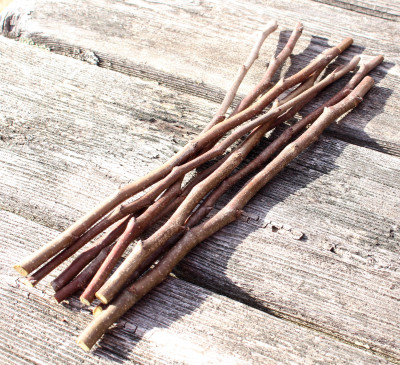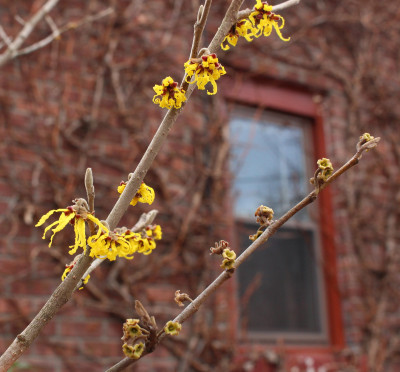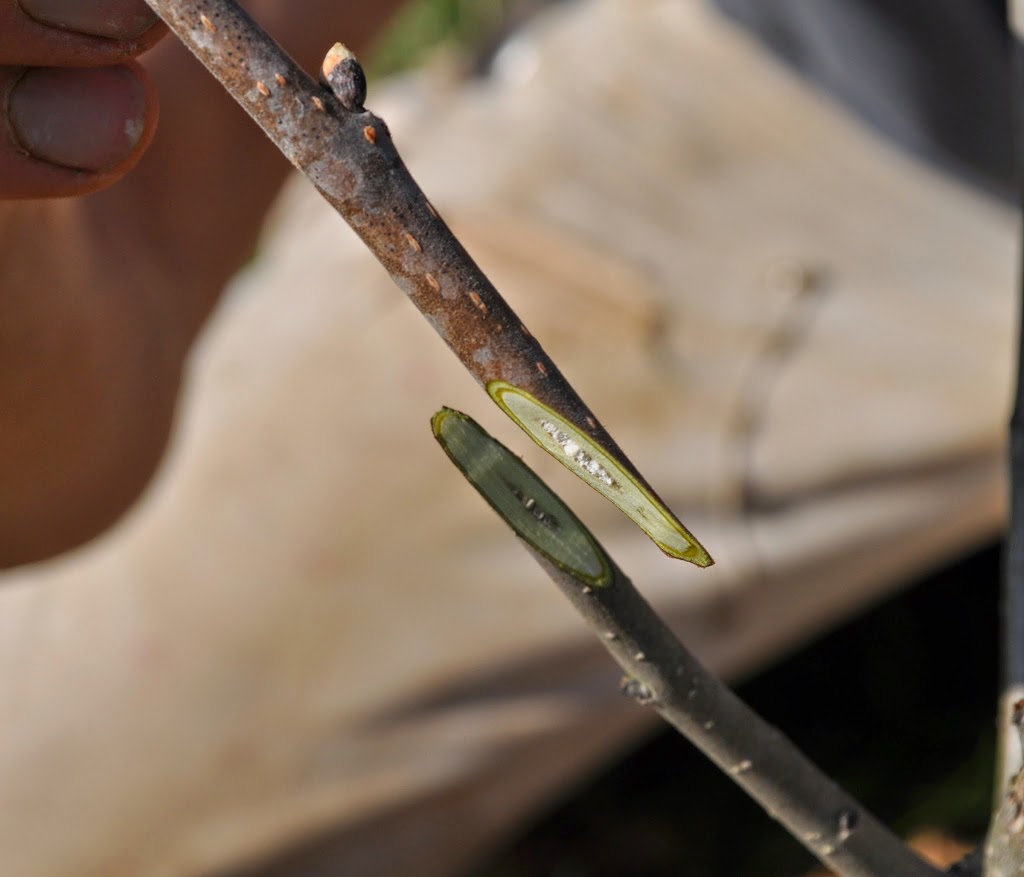TOTIPOTENT — NOT WHAT IT SOUNDS LIKE
Cells Beget Plants, or Animals
As I strode out to the garden today, the word “totipotency” was forefront in my mind. No, I wasn’t thinking of myself as “all powerful,” which is what totipotent (Latin totus=whole, potent=powerful) might seem to mean.
Totipotency is the ability of any cell in an organism — you, me, my dog Sammy, my rose bush — to potentially give rise to any other kind of cell of that organism, or to a whole new organism, a clone of the original. Under the right conditions, you could put one of your skin cells in the right environment, and have those cells grow into new skin, toes, eyes — even a whole new you. Fortunately, nobody has yet figured out how to do that with a human.
(What I wrote is not exactly true. Not every cell within an organism is totipotent. In organisms that reproduce sexually, egg and sperm cells — the germ cells — have only half their complement of genes, so these particular cells can’t be cloned to reproduce non-germ cells or whole organisms.)
Back to the garden and totipotence . . . Using random plant parts to make whole new plants is nothing new to most gardeners. With stem cuttings, for example, you put a stem into a suitable environment, and it’s induced to grow roots at its base and new shoots, followed by flowers and, perhaps, fruits, above ground. With leaf cuttings, all these new parts spring from a mere leaf.
Stems and leaves are more than just a few cells. More specialized, but still feasible, is cloning with just a few cells: so-called micropropagation or tissue culture. A few cells are removed, usually from a growing point, and then, under sterile conditions, put into a petri dish containing a medium to supply nutrients and a balance of plant growth hormones. The cells multiply without differentiation into anything special until they are transferred to another medium, this one with an altered balance of hormones, that induces cells to differentiate into leaves and roots. After a period of growth, the plantlets graduate to real soil.
Micropropagation is a way to create many new, pest-free clones quickly and from a minimum of amount of mother plant.
Apolitical Graft
My foray into “totipotencing” plants today required pretty much nothing more than pruning shears. I was cutting scion wood, which are stems for grafting onto growing plants. In this case, the growing plants — the rootstocks — provide roots to the clone; the completed plant, from the graft upwards, is the clone, in this case various varieties of pears.

Watersprouts on old apple tree
In the past, I’ve done a “Henry IVth” on pear trees whose fruits were not up to snuff, then grafted a more desirable scion on to the decapitated trees. Today’s scions are for grafting onto one-year-old pear seedlings, to make new pear trees. (Not that I need that many pear trees. The grafting will be done by participants at a couple of grafting workshops I’ll be holding this spring. Stay tuned to my website for when, where, and other details.)
Grafts are most successful with young scions — one-year-old stems, those that grew last season. They come in various sizes, depending on their vigor; pencil-thick is about right. I cut them into foot-long lengths. Watersprouts, those vigorous, vertical branches often appearing in the upper parts of a tree, are good for scionwood, and most, anyway, should be removed.

Pear scions
The odds for success are also increased if grafting takes place with dormant scions grafted on rootstocks that are either dormant or awakening. That’s why I collected scions today; they’re still dormant, but not for long, outdoors.
I’ll keep those scions dormant with cold, in the refrigerator or my mudroom (north side of the house, tile floor over concrete).
Drying out would spell death to the scions, as it would to any living plant or plant part. They need to be kept hydrated, but not in so moist an environment as to cause rotting. So I store them in a plastic bag, around which I wrap a moist towel, and then put the towel-wrapped bag into another plastic bag, well-sealed.
I Was Wrong About Arnold
I was wrong. Back in December, I wrote, “My Arnold’s Promise witchhazel usually flowers in March. This year’s October flowering means no flowers this coming spring.” Well, it’s March 1st as I write this, and Arnold’s Promise is showered with strappy, yellow blossoms.

Witchhazel’s winter flowers and remains of fall flowers
Evidently, not all flower buds slated to open this month opened prematurely, last October. Some did as they are supposed to do: waited. Why? Good question. Looking at the shrub, a location effect does not seem to come into play. Late winter blossoms seem randomly distributed rather than concentrated on older, younger, lower, higher, southern, or northern stems.
With no explanation coming to mind (yet!), I’ll just relax and enjoy the unexpected show.




Lee,
I pruned some scion wood from my three year old apples a few months ago and have been saving them in the fridge. Now I want to graft them on to a few old (50-100 yrs) apple trees on the property. Most of the branches are very high. Can I graft onto suckers that are coming out lower on the trunk?
Yes, definitely, and that’s a very good idea.